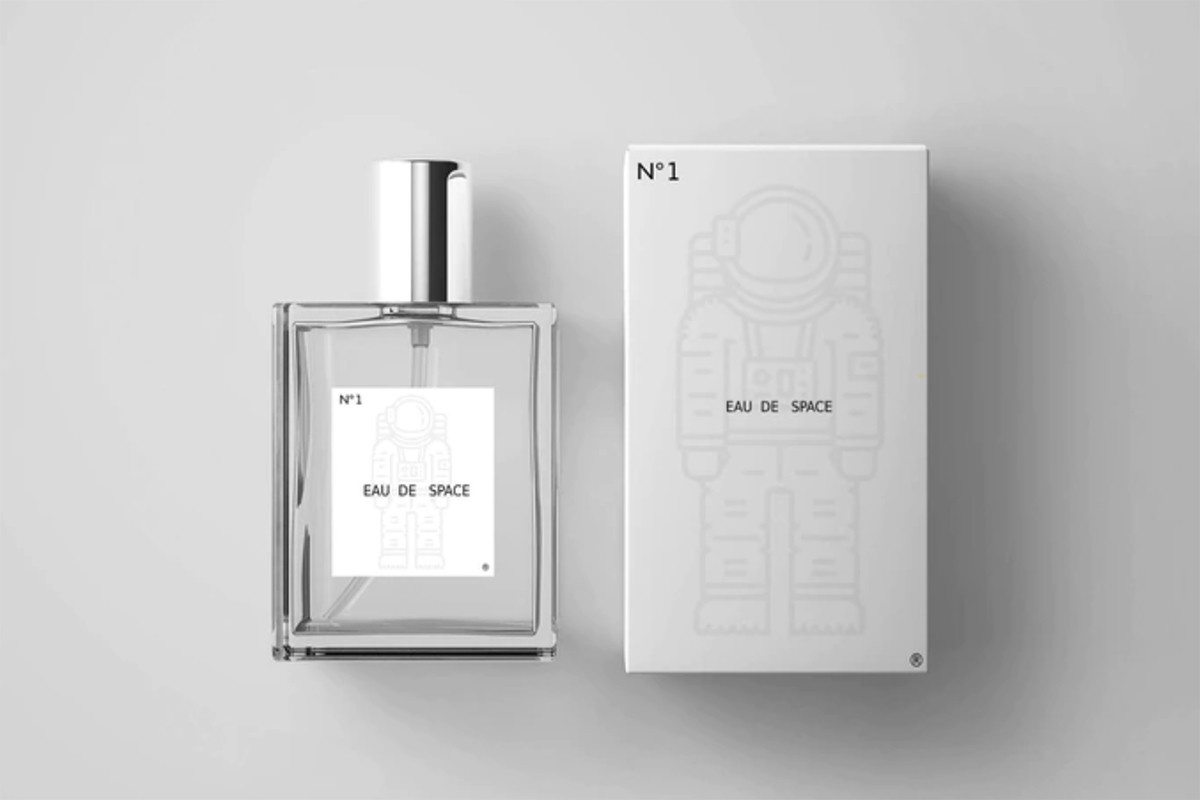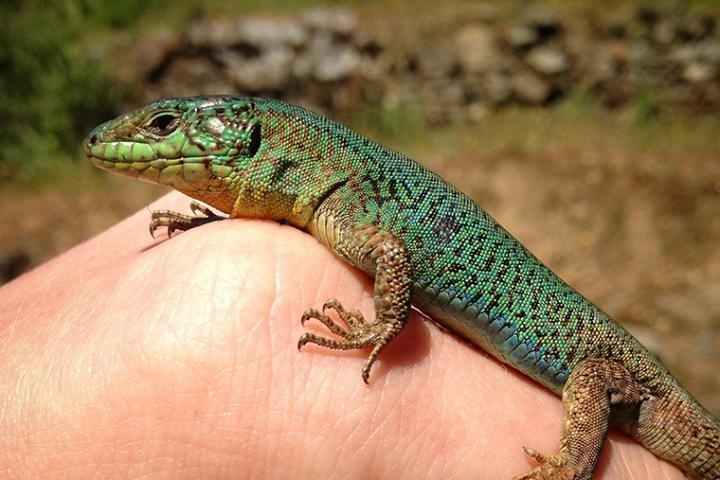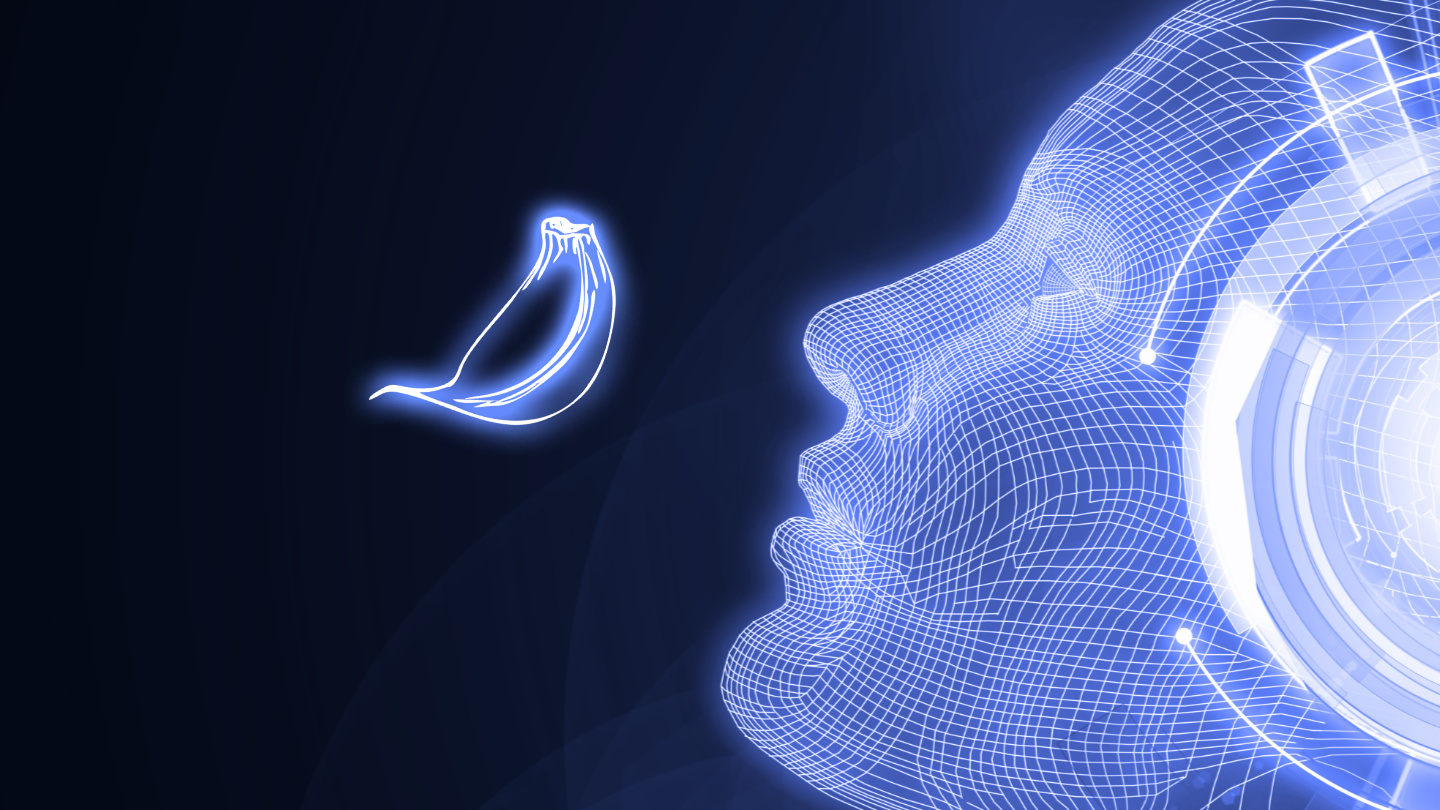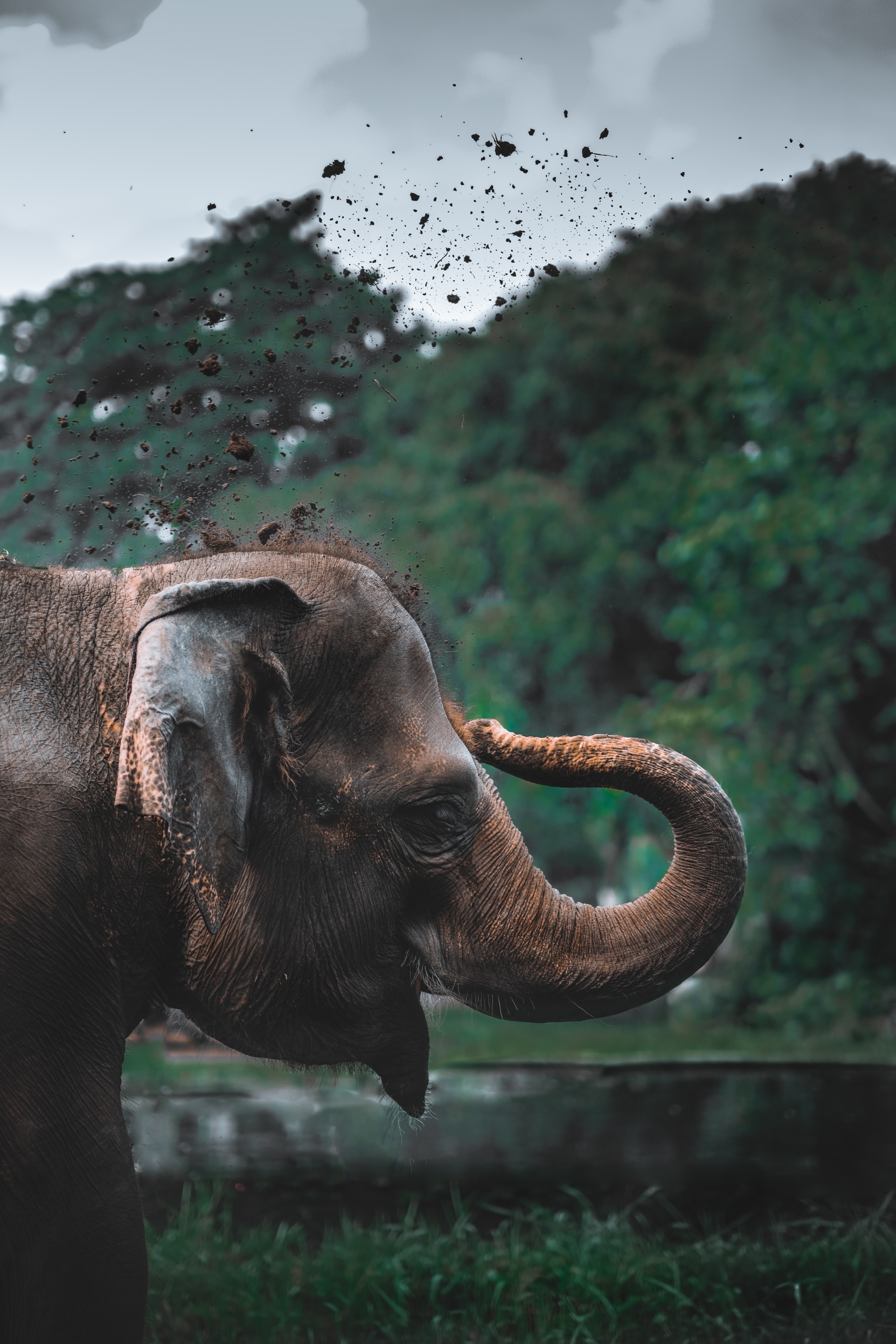smell
“The smell of fresh chopped parsley may evoke a grandmother’s cooking, or a whiff of a cigar may evoke a grandfather’s presence,” says author.
Research finds that our sense of self can be manipulated by certain smells and sounds.
Mice will even run on a wheel in nature. Pheromones help inspire that behavior.
A new study explores how the brain encodes different scents — a topic which scientists know relatively little about, compared to our other senses.
Ever want to smell like an astronaut? Now you can!
Researchers decoded the love signals of lizards “spoken” through chemical signals.
Being stuck at home is not as intense as being away from Earth, but there are ways to cope in either scenario.
▸
5 min
—
with
Why finding joy is more easily attainable than the pursuit of happiness.
▸
9 min
—
with
Our remarkable olfactory senses are modeled in a new research chip.
Did you know? Looped music has been used a means of torture.
Neuroscientists are now starting to put TMR to work.











